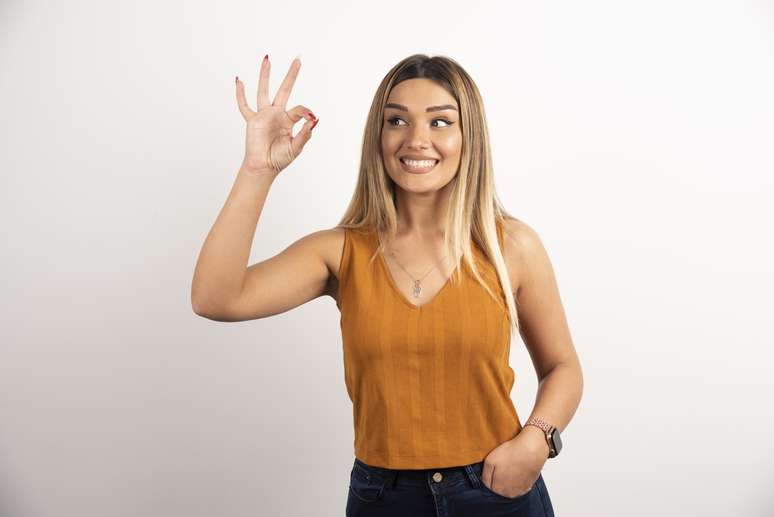Just as we have a dominant hand, we also have a dominant eye; learn to do the test at home and find out which eye is dominant.
Have you ever stopped to think that just as we have a dominant hand, we also have a dominant eye? The dominant eye is the one that processes visual information better and, therefore, tends to provide a more accurate image to the brain, guiding binocular vision.
“It is the eye that guides binocular vision, being responsible for coordinating most tasks that require visual precision,” explains the ophthalmologist Tiago César Pereira Ferreira, in an interview with Earth you.
This detail can influence tasks such as aiming at a target in sports shooting or making photographic adjustments.
How is the dominant eye test performed?
There are some simple and effective methods to identify the dominant eye. THE Test milesalso known as the “hole-in-the-hand test,” is one of the most common.
To perform it, simply form a small hole with your hands, stare at a distant object with both eyes open, then close one eye at a time. The eye that keeps the object centered is the dominant eye. Another alternative is the Triangle testwhere the hands form a triangle with the same purpose.
These tests have good accuracy, although some conditions, such as strabismus or low visual acuity, can affect the results. For more complex cases, more detailed ophthalmological examinations, such as the use of a phoropter, can help accurately determine the dominant eye.
Does everyone have one dominant eye?
Although most people have one dominant eye, there are those who have alternating or indefinite dominance. “The absence of light dominance is more common in people with balanced vision between the two eyes,” explains the ophthalmologist.
In situations such as amblyopia (known as “lazy eye”) or after eye surgery, ocular dominance may be less pronounced or even changed.
In patients with strabismus, for example, dominance can adapt depending on ocular alignment. In these cases, the brain’s preference for one of the eyes varies depending on the direction in which the person looks.
Knowing your dominant eye can be important in various activities and practices. In sport shooting, archery and even golf, eye dominance helps the athlete adapt their posture and technique.
“Photographers can also benefit from using their dominant eye to better see the frame through the camera,” adds the doctor.
Testing your dominant eye is also essential when adjusting glasses and contact lenses. In treatments such as monovision, used to correct presbyopia, the dominant eye is usually corrected for distance vision, while the non-dominant eye is corrected for near vision. In the case of multifocal lenses, ocular dominance influences the adaptation to glasses, ensuring a more comfortable visual experience.
Can ocular dominance change?
Ocular dominance can change over time, especially in response to eye disease or treatment. “Conditions such as cataracts, macular degeneration or retinal detachment can force the brain to depend more on the healthy eye, changing dominance,” explains the specialist.
Additionally, surgeries, such as myopia correction, can change the dominant eye, as the corrected eye tends to offer sharper, more detailed vision.
Patients suffering from amblyopia, for example, will always have the eye with greater visual acuity as dominant. In cases of strabismus, dominance can alternate depending on the ocular deviation, which leads to a constant adaptation of the brain.
Whether it is adjusting sports technique or ensuring visual comfort during corrective treatments, understanding which eye guides the vision is a further tool to improve our visual experience.
Source: Terra
Ben Stock is a lifestyle journalist and author at Gossipify. He writes about topics such as health, wellness, travel, food and home decor. He provides practical advice and inspiration to improve well-being, keeps readers up to date with latest lifestyle news and trends, known for his engaging writing style, in-depth analysis and unique perspectives.






-1iuqf7lrx5rae.jpg)
